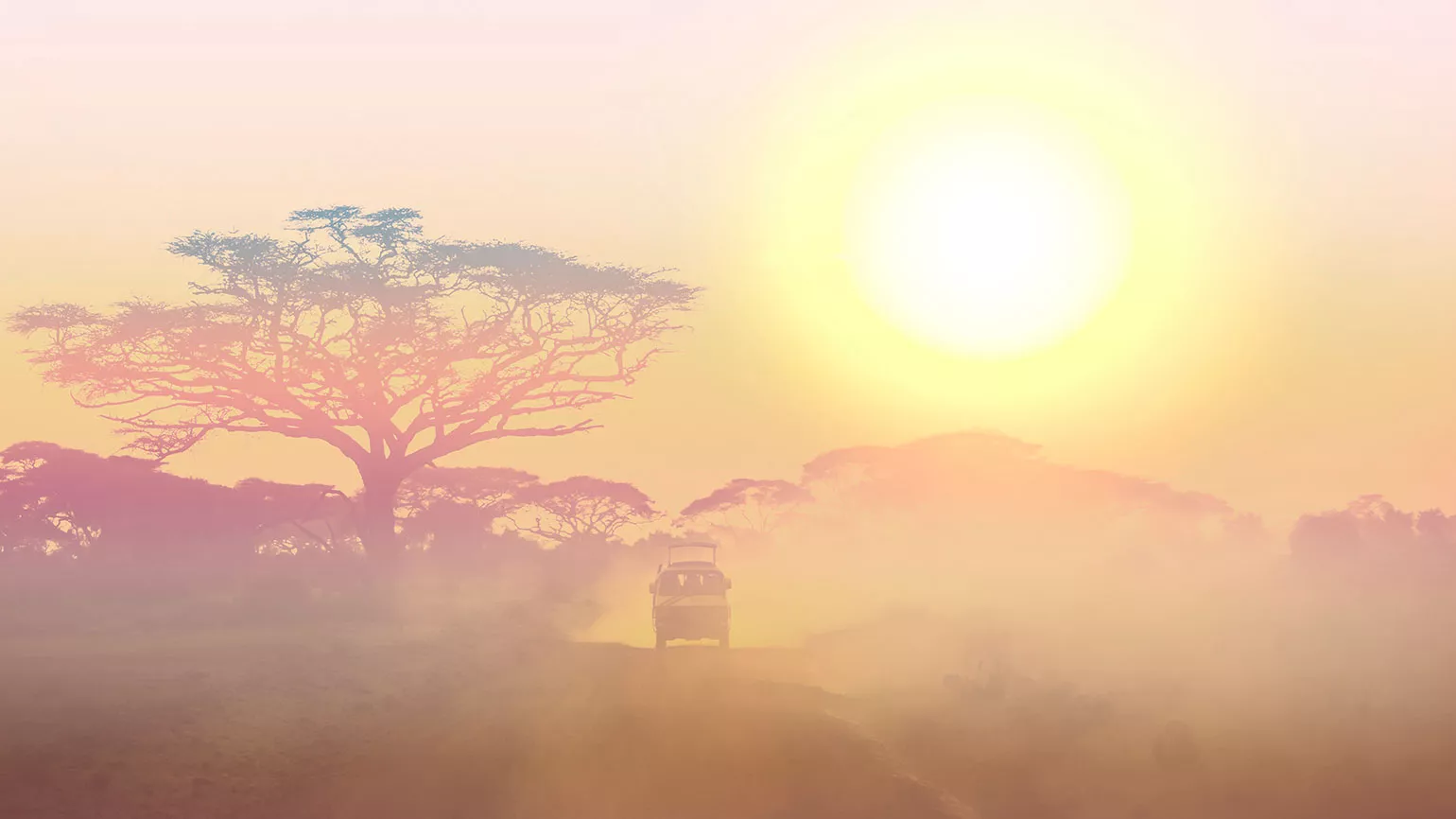Earth Overshoot Day
From 29th July, we would need a second Earth
Most people are now aware that our lifestyle of ever increasing consumption places a great strain on our planet. Just how quickly we are depleting the Earth’s resources is illustrated every year by Earth Overshoot Day (EOS). As of this day, humanity's demand for ecological resources in a given year exceeds what our planet can regenerate in that year. From this day onwards, we are essentially living on credit.

Just like last year, Earth Overshoot Day will once again fall on 29th July. This indicates the day of the year on which human demand for renewable resources exceeds Earth’s supply and capacity to regenerate these resources. In other words, on this day, humanity has used all of the ecological resources available for the current year and is living on credit from that point on. We maintain this deficit by liquidating stocks of resources and accumulating carbon dioxide (CO2) in the atmosphere. From 29th July, we would therefore need a second Earth to support our consumption.
Calculating the EOS
The EOS is easy to work out: global ecological footprint is divided by global biocapacity for the year. The ecological footprint is made up of humanity’s demand for plant-based foodstuffs, natural fibres and animal products, as well as the amount of land used for urban development and infrastructure. Added to this are our CO2 emissions, or more precisely, the area of forest required to absorb this CO2.
What can we do?
To put it bluntly: halt consumption and halt CO2 emissions. However, this kind of radical step is neither possible nor would it make sense. Nevertheless, each one of us can play our part in reducing the global ecological footprint. Small steps can make a big difference and will ultimately have a significant influence on the overall picture. But, for this to happen needs a change of attitude. Cycling rather than taking the car, eating less meat and thinking about better ways to produce and consume electricity are good places to start. Instead of relying on fossil fuels, which release CO2 during the generation of electricity, we could produce our energy using the sun or through other renewable sources.
Benefiting from 25 years of experience
Fronius has more than 25 years of experience in the photovoltaics industry and has therefore been playing a part in reducing CO2 emissions for more than two decades. The company’s enormous wealth of experience can help householders kickstart their own personal energy revolution and so reduce their individual ecological footprint. By installing a PV system on the roof along with the appropriate infrastructure from Fronius, such as the GEN24 Plus battery inverter, the whole household can be supplied with electricity. Including an Ohmpilot in the installation makes it possible to completely switch off the primary source of energy – usually gas or oil heating – between the months of April and September, as the Ohmpilot is capable of meeting all of the household’s hot water requirements using solar energy over the summer. Photovoltaic systems can also represent a useful and cost effective solution for business users. Most commercial customers have a large amount of roof space and consume the majority of their energy during the day, when the sun is shining, creating the perfect conditions for a PV installation. Biohandel GmbH, located in Hörsching, Upper Austria, and run by the Pichler family, is a perfect example of just how well this can work. Sustainability has always been a top priority for the Pichler family. They produce around 40 percent of the energy they use to keep their fruit and vegetables cool themselves, and they also power their three company cars using solar energy. Find out more here.
Who is behind Earth Overshoot Day?
Each year, Earth Overshoot Day is calculated and announced by the Global Footprint Network. The Global Footprint Network is an international research organisation that provides decision makers with a range of tools that are intended to help keep human activities within the Earth’s ecological limits. Over the past 50 years, the EOS has fallen earlier and earlier in the year. The Earth’s renewable resources lasted until 29th December in 1970, by 1989 the EOS had been brought forward to 11th October, and by 2009 it stood at 18th August.
